Lately I came again and again with the topic of Recycling fashion from residual materials in contact. To learn more about this form sustainable clothing I met up with Nick from the German fashion label The URA Collective to find out more. As he and his team recycle fashion from leftover fabrics into unique clothing, he must be able to help me - have fun!
Who and what is behind the recycled fashion of The URA Collective?
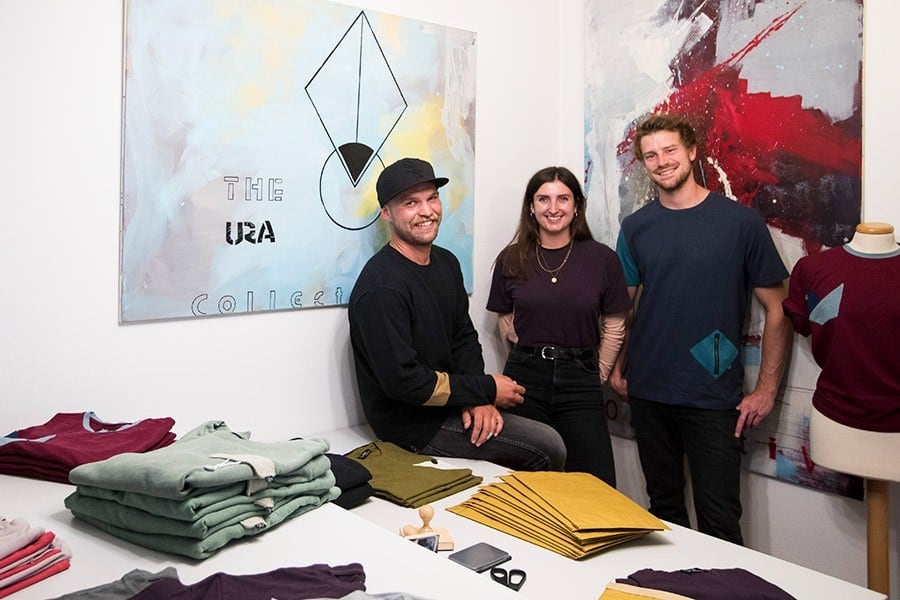
The URA Collective is a small fashion label that is trying to shake up the fashion industry a bit by making sustainable fashion from leftover materials, but first things first, the idea was ultimately born out of a personal problem.
We were annoyed by the concept of many T-shirt manufacturers who have brought fast-moving trends in ever cheaper quality on the market, or still do so. Be it a big logo or a weak slogan on the chest on a T-shirt that felt after the second wash has taken a completely different shape. We came up with the idea because we didn't want to support the concept of many t-shirt manufacturers - to bring fast-moving trends in ever cheaper quality to the market. In the beginning we upgraded monochrome t-shirts with individual fabric applications, for this we used old t-shirts and sweaters. Our friends and acquaintances were so enthusiastic about these creations, which gave us the idea to found this company.
"The textile industry is one of the most polluting industries in the world."
However, in-depth research into possible producers and other requirements opened our eyes to what is really going on in the textile industry. It is one of the most environmentally damaging industries in the world. From then on it was clear to us - we don't want to be just another fashion label, but if so, we want to do something new and change the industry in a positive way.
The name "URA" is composed of "useful rag", which means "useful rag". With this we would like to clarify our intention to produce fashion exclusively from residual materials. Thereby we use high quality fabrics, which are left at the producer and are simply too small in quantity for the usual customers (textile producers). This way we avoid further production waste, reduce the expenses to produce new fabrics and protect the environment by simply using what is already available. An approach that is unfortunately more and more forgotten nowadays because everything always has to be new. This approach complicates our production and limits our possibilities because we have to rely on the fabrics and colors that are left over, but it holds enormous potential to create unique favorite pieces and change the fashion industry. The "Collective" stands for the community, because as a collective we have more power than we often realize. It has become clear to us that only together, i.e. supplier and consumer together, can we change this exciting and actually wonderful industry for the better.
"We are The URA Collective."
Behind it all are Nadine, Flo and me (Nick). We all come from the south of Munich. Nadine is our creative designer, who also works as a freelance stylist. Flo is responsible for our complete online presence and all pictures, because he is a full-time action sports photographer. I (Nick) am more responsible for the organizational / strategic stuff in the background and write the texts or take care of the finances.
What drives you to make fashion from leftover materials?
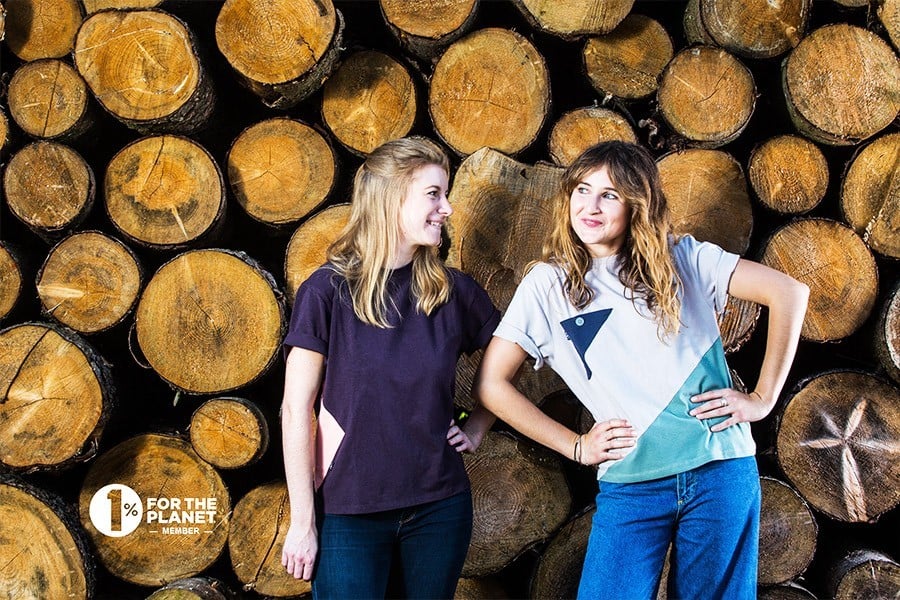
I think our basic idea of sustainability comes mainly from our hobbies and how we grew up. We, Nadine, Flo and I (Nick) all grew up in the vicinity of Munich. In the countryside - so we experienced nature from a young age. The possibility alone, to be able to do all activities always in a natural "picture scenery" near the mountains, I was very formative. That's why we all have a lot in common with the mere feeling of simply being outside and enjoying the fresh air, be it in the forest, in the mountains or anywhere else - the main thing is to be outside.
The concrete impetus for a truly sustainable label came, as I said, while researching the status of the textile industry and a suitable producer, or getting a closer look at the production process.
Here we noticed that many companies never specify exactly what kind of fabrics they use, where and how they produce and generally who or what exactly is behind it. We followed this up and wanted to know exactly what is actually needed for the production of fabrics. On the one hand, we noticed how little we ourselves know about it, and on the other hand, how environmentally damaging the entire textile industry is. It has developed into one of the most environmentally damaging industries in the world and no one is aware of it.
"There is polyester in 50% of our clothing."
Just as a small example: Polyester is now found in over 50% of our clothing and is constantly increasing. If polyester is washed normally in the washing machine, so-called plastic microfibers are formed, which cannot be filtered and end up directly in our wastewater. (Article recommendation: Make detergent yourself)
With an annually produced amount of 150 billion garments (!!) this results in an incredible vicious circle. More than 60% of the plastic waste in the marine environment comes exactly from these microfibers of our clothing and not as assumed, the plastic bottles and plastic bags. (even if the Plastic waste in the environment is of course just as terrible)
Many fashion labels simply don't mention this information or call themselves sustainable even though they are simply not. This information really motivated us to make something sustainable and cool. There are already many sustainable approaches, but many people quickly interpret sustainable fashion with boring, scratchy clothes and that's exactly what we want to change. We don't want to jump on a sustainability trend, put a big logo on simple t-shirts made of organic cotton, but do it right from the beginning and follow through accordingly.
"1% of our annual sales are additionally donated to charities."
For us, a sustainable label does not only end with the production of sustainable clothes. We have the ambition to do even more for our environment and therefore support with the sale of our products also non-profit organizations such as 1% for the Planet. This means that we donate 1% from our annual sales to aid organizations that actively care for climate protection projects.
Furthermore, you have the option to voluntarily round up the purchase and directly support a project of our choice. We get nothing from this amount, but it goes directly and to 100% to the supported project. We just offer an easy way to do something good and want to create awareness for inspiring projects. At the moment we help the Azulita project - which is about Cleanups on beaches and general education about the use of plastic in Mexico.
How do you assess the current situation in the fashion industry with regard to the environment?
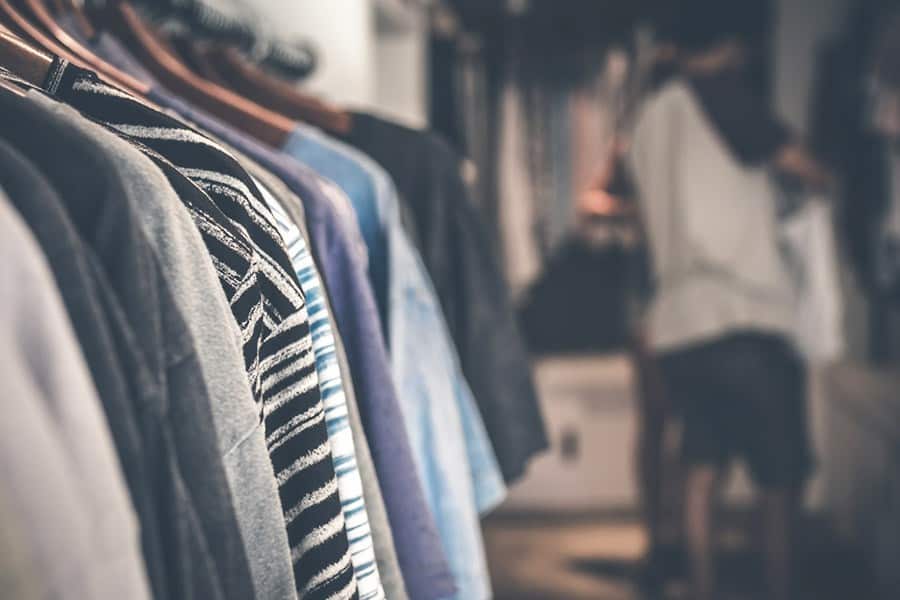
I think the situation of the fashion industry is terrible at the moment, especially in terms of the environment. The fashion industry has unfortunately become a throwaway industry over the years. This is mainly the result of Fast Fashion in the form of cheap mass-produced goods. Every week new trends are released in poor quality, which are worn on average only 7 times. After that, they are either broken or forgotten in the closet. Targeted advertising and cheap offers have now degraded clothing into disposable goods. Cheap prices and poor information about manufacturing have done immense damage to the appreciation of fashion. T-shirts are sometimes cheaper than a long drink at the bar. In my opinion, this makes people forget what incredible effort is behind the production of a T-shirt, as well as the fact that there is a complete agricultural industry behind it, because the materials do not grow ready-made on the trees.
"Fast-moving trends are getting crazier - ripped jeans, for example."
In addition, the fast-moving "trends" are becoming crazier and crazier. The best example for me here is the "new" torn jeans. Jeans that are intentionally and artificially cut after production and are then sold more expensive than "normal" / intact jeans. With any other product you would show the seller the bird if the one would turn a broken product more expensive than the intact. I hardly believe that someone would pay more for a stale beer than for a fresh one. If you think about your own closet in general, you immediately realize that you have way too many clothes. Everyone has at least 2-3 skeletons in the closet that he has not worn for at least a year and I'm not talking about the wedding suit...
In summary, I think the fashion industry is very bad in terms of the environment at the moment, but I see a small and slow positive trend that people are paying a bit more attention. We want to drive this of course and educate people more about what is really happening in the fashion industry.
How do you produce your fashion from leftover materials?
Our production process is a bit different and partly more complicated because of our intention to produce fashion from leftover materials. But that also makes it more exciting.
Our producer is called "Hemp Fortex" and comes from China. Anyone who immediately thinks "China - cheap & poorly produced goods" is wrong. Hemp Fortex stands for innovation in the production of sustainable, high-quality fibers. The focus is on the most environmentally friendly natural fiber, hemp. Hemp Fortex is a member of the Fair Wear Foundation, which awards one of the highest quality seals in terms of worker protection. In addition, it helps us to be allowed to produce such small quantities. There are normally minimum quantities in production and these are well over 1,000 pieces per design. Our very first production started with just 120 T-shirts in total. Hemp Fortex is also one of the few producers who actually store their waste materials. It is common practice in the textile industry to incinerate or otherwise dispose of these residual materials because storage space and the logistics of storing fabrics are much more expensive.
"In addition, the entire operations to 100% will be powered from solar energy."
Last spring, we also flew to China to see for ourselves. Hemp Fortex is one of the very few producers with a vertical value chain. That means they take care 100% of the seeding, growing, harvesting, processing, all the way to packaging and shipping of their produced goods. Thus, they (and we) have control over the entire process, which complies with the highest ecological standards. The highest ecological standards are maintained throughout the entire process, and great care is taken to ensure a fair working situation for the employees. It is a model company in many areas. For example, it was very nice to see how the employees were picked up individually from their homes. In the lunch break they were freshly cooked and in the evening they were brought home again. In addition, the entire 100% operation is powered by solar energy produced in-house. (see also article Green electricity)
But the main point for our producer is the quality of the fabrics. Our t-shirt and sweater are mostly made from sustainably produced hemp. Hemp has no requirements for special soil qualities and thrives almost everywhere. This already expands the possible places of cultivation and is not bound to special climates. In addition, hemp, due to its self-tolerance, does not leach soils, but is itself considered an excellent preceding crop. This means it is a perfect precursor for other plants because it suppresses the formation of weeds and its branched root system loosens the soil. The much lower water and energy consumption alone, compared to cotton or polyester, makes hemp a better alternative. That's not all: hemp yields 250% more fiber per acre and has the unique property of being resistant to any pests. As a result, hemp does not need any chemicals at all, which makes it a natural eco-fiber.
These are all facts and information that are important to us and about which we also write a lot on our homepage to inform people exactly where our stuff comes from and especially what it all contains.
What sets your fashion apart, aside from the use of leftover fabrics?

Besides the use of remnants, the design, the very limited edition and especially the fabric quality makes us special. Everyone knows the t-shirt, sweater or pants that you would love to wear every day. This is exactly our goal. Away from cheap mass-produced goods and towards high-quality, long-lasting designs. That's why we avoid simple printed t-shirts and short-lived trends and focus on classic cuts with creative, individual applications. This design also allows us to use lower stock levels of fabrics or remnants in production, which would otherwise be useless.
"But our main feature is the fabric we use - hemp and organic cotton."
After there are the fabrics or the colors and mostly only very small quantities, we have of the individual designs also only very small editions. This makes the shirts almost exclusively unique. The edition varies here from 5 to a maximum of 40 pieces per design / color. Our main feature is the fabric used - a combination of hemp and organic cotton. Hemp is a natural fiber that is grown with little environmental impact. It has a natural defense against pests whereby he does not need pesticides, artificial fertilizers or genetically modified seeds. Thus, hemp is organic by nature. (in the Plastic free store e.g. as Gift cord available)
Hemp has the special property of being particularly durable thanks to its high stability. At the same time, it is very skin-friendly because it dries quickly and remains tear-resistant despite its strong absorbency. Another advantage of the absorbency is the odor-absorbing and dirt-repellent effect. On the skin, hemp textiles feel very pleasant, as they are very permeable to air and thus have a cooling effect. In addition, organic cotton is added to the hemp to make it feel even softer, but more than 50% of the fabric is made of hemp.
Where can you get your fashion from remnants and how do you package it?
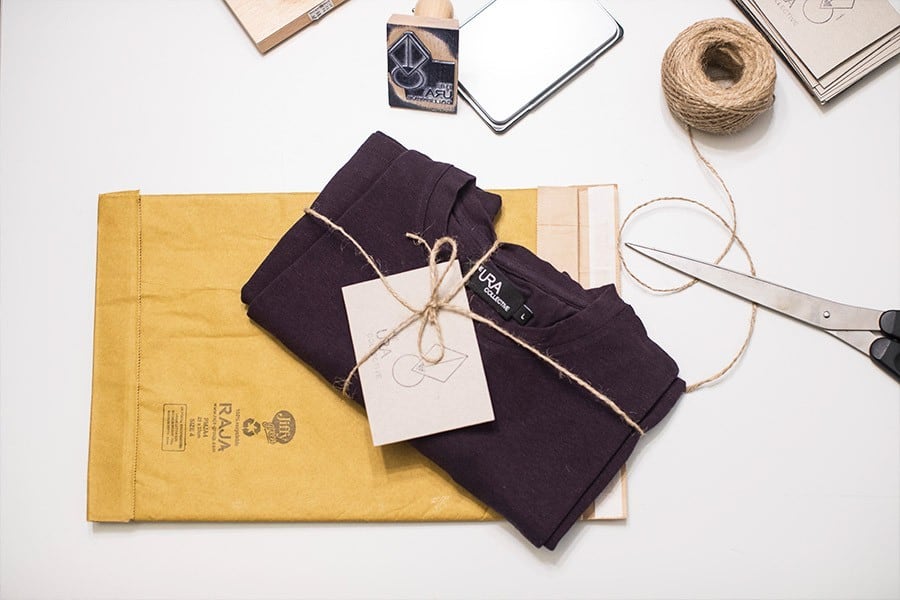
Our sustainable fashion from residual materials is so far only available from us in the online store. We are still far away from our own store, because we only produce very small quantities. Accordingly, we also have high unit costs. If we would integrate a store or other middleman, the T-shirts would currently be too expensive. So we can offer extremely high quality and sustainability for a still fair price.
The shipping we also do ourselves and this happens of course plastic-free. Even the delivery from the producer comes with us in large boxes with a maximum of one plastic cover as transport protection. The shirts are also not packed individually in plastic, as is usually the case. The shirts are delivered to the customer in a 100% recycled paper package and are hand-wrapped with a card and packing string. We cut the card ourselves from old writing pad cardboard and print it with a stamp pad. Sustainability or conservation of resources is our top priority in all subject points.
Thanks for the input on recycling fashion!
A great recycled fashion project with cool styles that gives garments and their resources a second life and breathes some life back into the heartless fashion industry.
I hope that this interview about recycling fashion has given you an insight into the work of a sustainable fashion label. Feel free to leave me a comment below this article with questions, suggestions and your own experiences.
Stay clean,

PS.: In the Plastic free blog you can find out everything you need to know about making your everyday life as plastic-free as possible. Among other things, the article is hidden there Fashion from plastic wastewhere you can learn more about recycled shirts, pants and co. made from plastic waste.

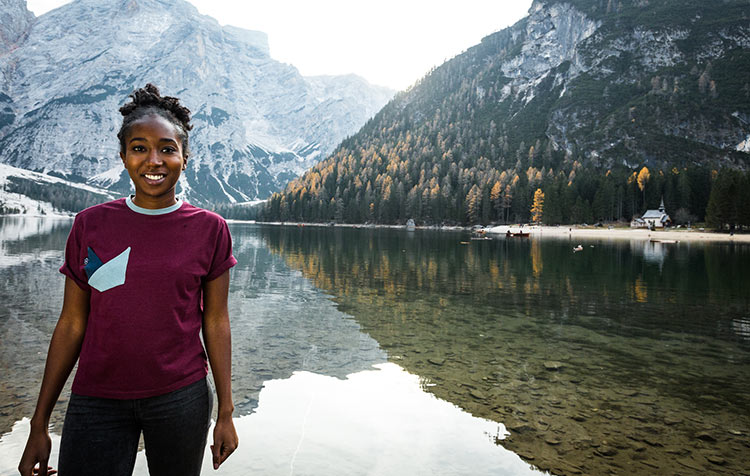

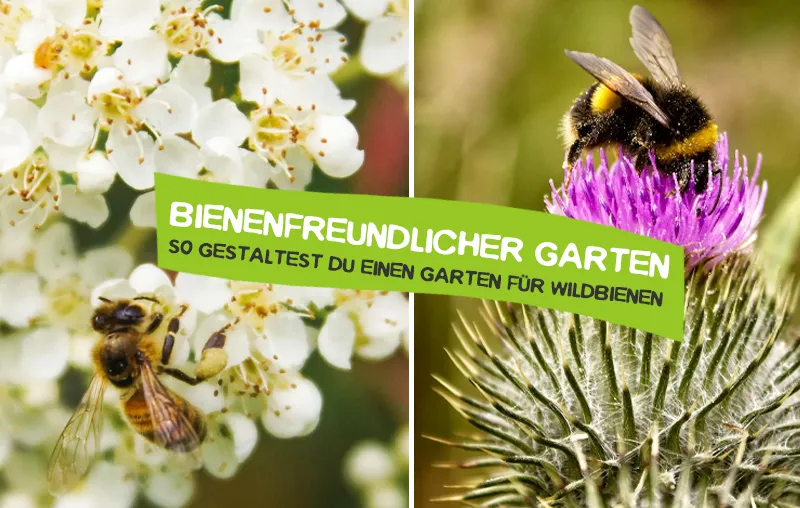

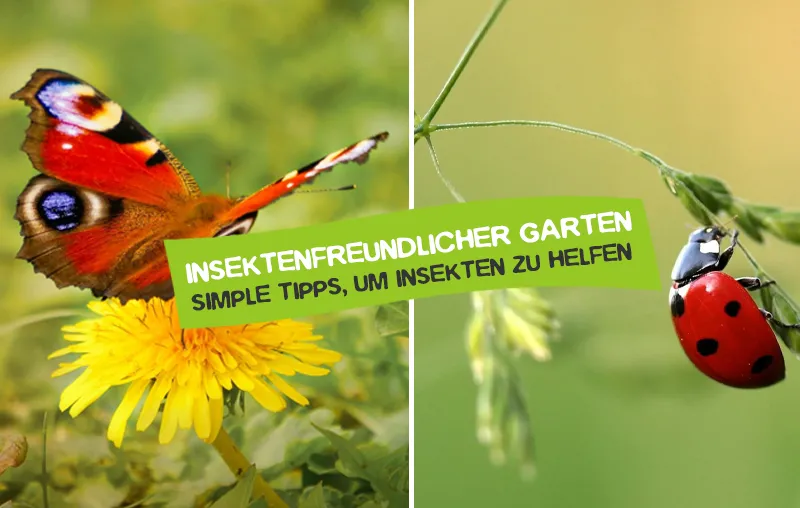
The idea itself is great, it's just a pity that the T-shirts look like the children's fashion from "KIK". Should the fashion not become more classic, I can not imagine that they will have great success with it....
Too bad, actually 🙁
Many greetings
Jeanne
Hi Jeanne,
do you really think so? I have one of the shirts and I think it's great. It feels great.
Fortunately, fashion is a matter of taste 🙂
Many greetings,
Christoph
Comments are closed.